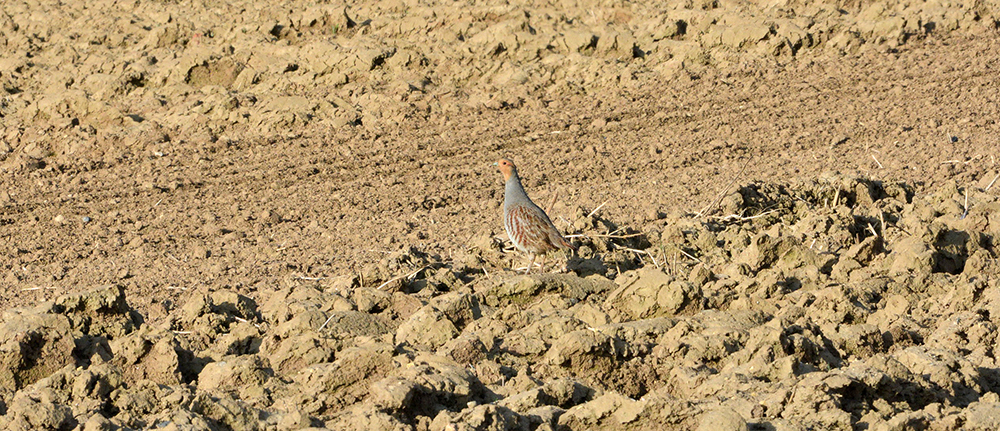
18 Nov 2019 European hunters demand “higher environmental ambition” in the next CAP
Brussels, 18 November 2019 – Today, EU Agriculture Council ministers met in Brussels to discuss the future of the Common Agricultural Policy (CAP) post 2020. For FACE, the CAP is a crucial support mechanism for agriculture and rural areas in Europe. However, the current CAP has a significant negative impact on the environment, biodiversity and the status of many huntable and non-huntable species in agricultural landscapes.
FACE, which represents Europe’s 7 million hunters, supports the Commission’s call for “higher environmental ambition”. But this means that EU agriculture ministers must be realistic on the need for major improvements to the environment and climate-related aspects of the next CAP. In this context, FACE supports greater environmental performance and better targeting of direct payments to support biodiversity with a shift towards a performance-based approach.
Biodiversity at the field level: In order to improve biodiversity at the field level, there must be a minimum percentage for non-productive areas across all farmland in the EU. FACE wants a minimum 7% share of agricultural areas devoted to non-productive features intended to protect biodiversity where no plant protection products may be used. This will reduce pesticide dependency and boost pollination thereby helping to build resilient functional biodiversity on farmland. Evidence highlights the need of 10% for ‘nature’ on farms and landscape connectivity to support farmland biodiversity.
Ring-fencing: Member States will be required to include agri-environment-climate commitments in their CAP Strategic Plans. With regard to allocated spending, there must be specific ring-fencing for biodiversity, but only measures that clearly contribute to climate and environment should count towards CAP ring-fencing.
Simplification: FACE supports a push towards simplification and EU rules that will not encourage farmers to remove important habitats (such as scattered shrub and small wooded pastures) that are beneficial for agriculture (e.g. shelter, soil stability, forage) and for biodiversity. For example, the definition of permanent pasture/grassland must be clear in order to ensure that certain non-productive natural features/elements are eligible for direct payments. This is because permanent grassland/pasture with shrubs and/or trees are of outstanding importance for small game species (and biodiversity conservation in general) in various regions of Europe. Furthermore, farmers that maintain high nature value farmland, must be supported by targeted measures.
A strong CAP (post 2020) on biodiversity remains the most powerful instrument to deliver results for the United Nations’ Sustainable Development Goals (SDGs), the upcoming Green Deal and the EU’s post-2020 Biodiversity Strategy. From FACE’s perspective, there is a need to be as ambitious as possible to guarantee success for small game populations on Europe’s farmland. In this context, Europe’s farmers must be properly supported for producing quality food as well as the other goods and services that society requests.
For more information on today’s meeting see:
https://www.consilium.europa.eu/en/meetings/agrifish/2019/11/18/

